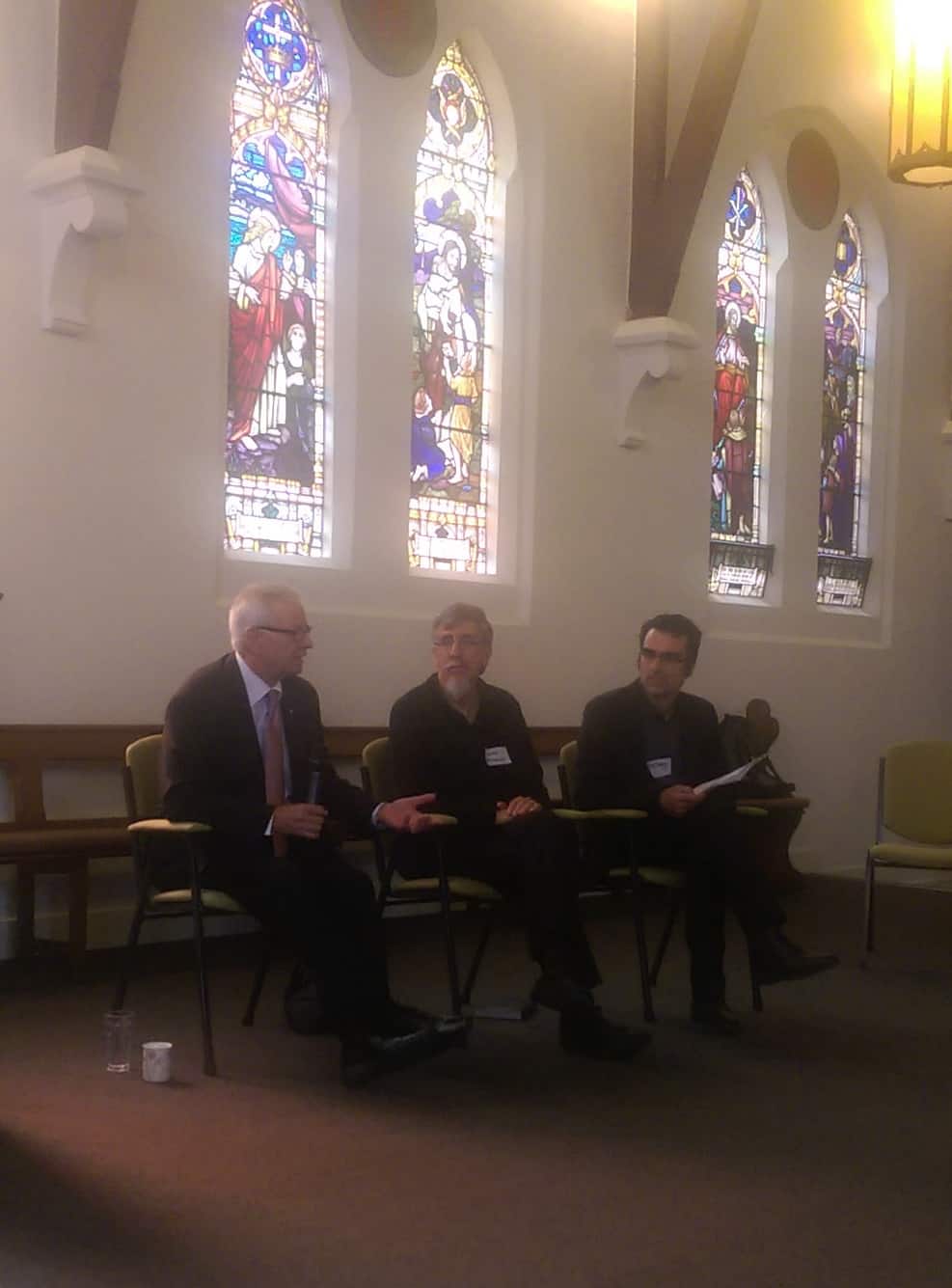 The Cancer Council of Western Australia has released a report (not yet available online)that states:
The Cancer Council of Western Australia has released a report (not yet available online)that states:
“The number of occupationally caused cancers compensated each year equates to less than eight per cent of the expected number.” (Executive Summary)
This is an extraordinary statistic but consistent with the history of occupational health and safety (OHS) statistics where the core data originates from compensation figures rather than incident figures. Cancer has always been a challenge in this area as it can manifest years after exposure or not at all. But this report also provides important data, and a challenge, for OHS professionals and business owners as
“Occupational exposures to carcinogens are estimated to cause over 5,000 new cases of cancer in Australia each year.” (Executive Summary)
The report has an excellent discussion on why such statistics are estimates and the unreliability of previous data in Australia and overseas but there is only a short, but important, discussion about risk and hazard controls – the principle focus for OHS professionals. Continue reading “Cancer data needs to start a discussion on effective controls”

 On 7 May 2015,
On 7 May 2015,